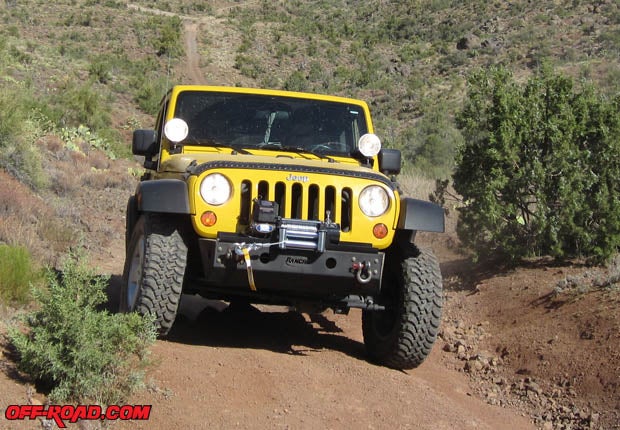
Rancho is offering a new line of Jeep body armor called rockGEAR, and we decided to install some parts from the line to see how it stacks up. Currently, the new body armor is designed strictly for TJ and JK models, with the possibility of more models being added in the future. In this article, I’m including only the new JK front and rear bumpers.
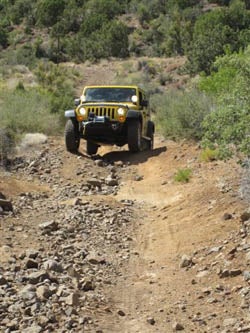 The Jeep used for this article is a 2008 JK Unlimited, owned by EMT Robert Foster, who lives in Kingman, Arizona. Earlier this year, having returned from his third tour in Iraq as a Naval corpsman embedded with the Marines, Robert decided to treat himself with the new Jeep. Used to driving Hummers and never having driven a civilian four-wheeler, Robert picked a similar vehicle and purchased the JK, which he decided upon because of its size, durability, reliability and looks. Having purchased it while still stationed at Camp Lejeune South Carolina, Robert drove it to his new employment as an in-flight EMT on a CareFlight helicopter at the Kingman airport.
The Jeep used for this article is a 2008 JK Unlimited, owned by EMT Robert Foster, who lives in Kingman, Arizona. Earlier this year, having returned from his third tour in Iraq as a Naval corpsman embedded with the Marines, Robert decided to treat himself with the new Jeep. Used to driving Hummers and never having driven a civilian four-wheeler, Robert picked a similar vehicle and purchased the JK, which he decided upon because of its size, durability, reliability and looks. Having purchased it while still stationed at Camp Lejeune South Carolina, Robert drove it to his new employment as an in-flight EMT on a CareFlight helicopter at the Kingman airport.
Starting out with a totally stock Jeep, Robert is slowly turning it into a true four-wheeler. The first step he took is installing a set of bumpers from Rancho. Why the Rancho bumpers? Because they’re not only tougher than a 16-penny nail, the rear bumper includes a swingaway tire carrier and brackets for carrying a HiLift jack, and Rancho’s front bumper is pre-drilled for mounting a winch plate, a grille guard, and other accessories.
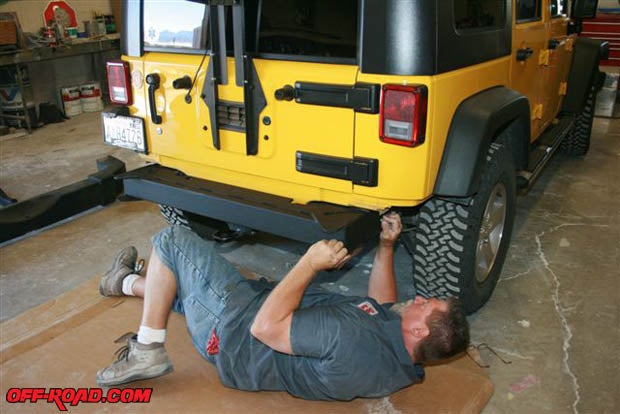
First, I’ll cover mounting the front bumper. This is simplicity itself, and basically requires just the un-bolting of the original bumper—four bolts at each frame horn—and bolting on the new bumper from Rancho. You’ll also have to disconnect the factory fog lights, which are mounted in the original bumper. I suggest that you save this wiring and use it for aftermarket fog lights (if you decide to buy a set) because you can then use the factory switch and low-beam relay wiring to control them (which Robert plans to do in the near future).
Although I’ll cover the winch installation in the photo captions, I suggest that you mount the winch prior to mounting the front bumper. You’ll need an assistant to help you with the heavy bumper and winch combination, but you’ll save a lot of time in the long run—we didn’t do this and it cost us more than an hour.
You may have to buy four additional bolts in order to mount the winch. Not wanting the bolts to “bottom out” on the winch’s casing, the manufacturer provides bolts that will normally fit perfectly. In our case, the Rancho bumper’s metal was quite thick, so the combination of the bumper, the washers, and mounting plate was too deep for the provided bolts (the lock washers stopped us from being able to start the bolts in the captured square nuts). We added a 1/4-inch to the bolt length and everything slipped together nicely. Make sure you take a bolt and nut with you to the hardware store to be certain the size and threads are correct.
Both bumpers are much more narrow than the OEM bumpers from Jeep. This results in more clearance for the tires in more severe off-road conditions. The Rancho installation instructions—which are available online if you happen to lose those that come with the bumpers—are complete and correct. The instructions also include a complete parts list. Check this very carefully as you unpack to make sure everything is included.
For more information on what Rancho has to offer, as well check it they have any armor for different Jeep models, visit http://www.gorancho.com/.
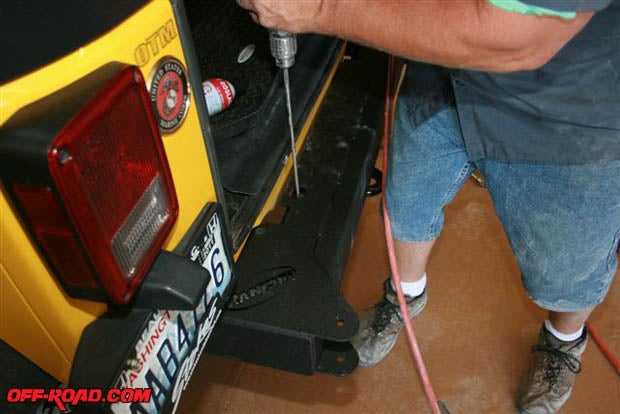
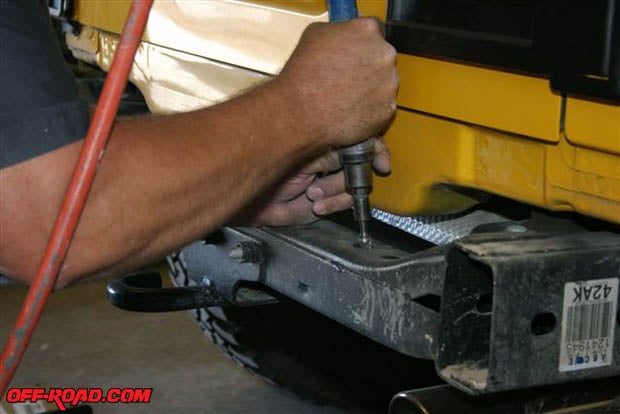
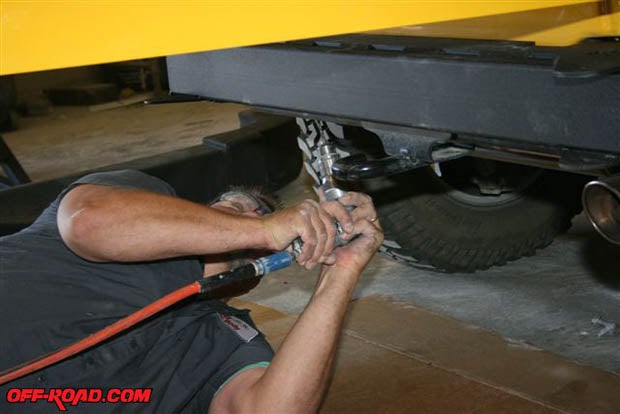
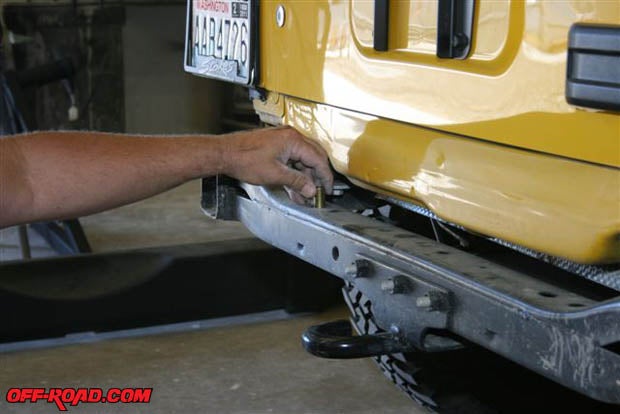
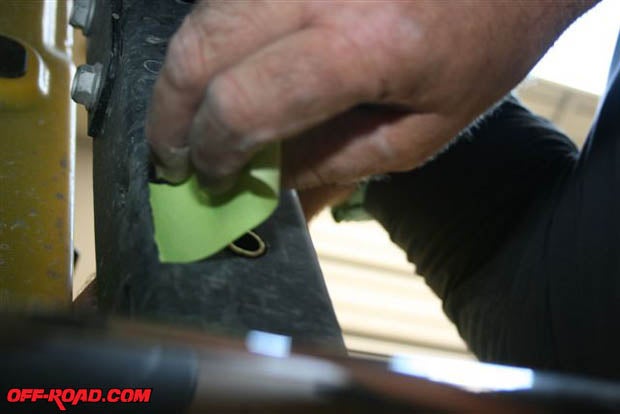
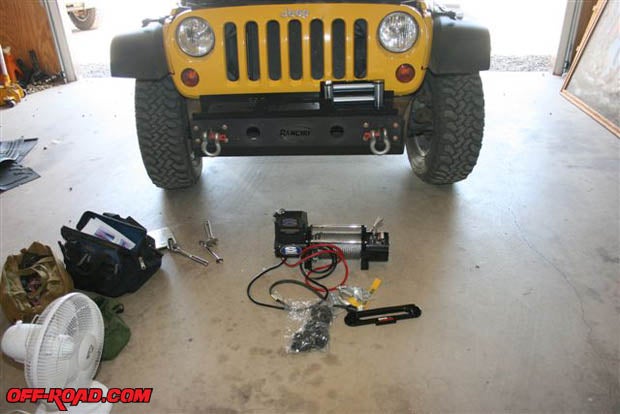
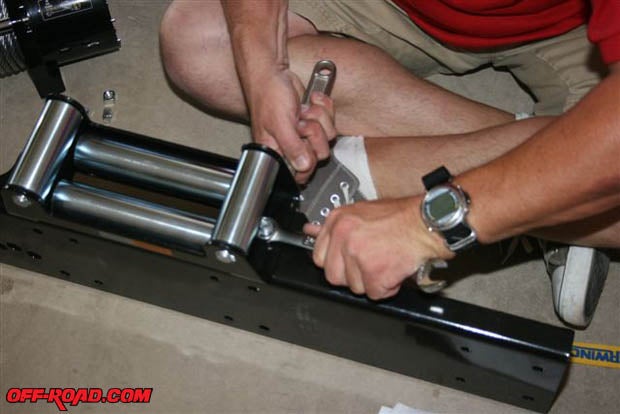
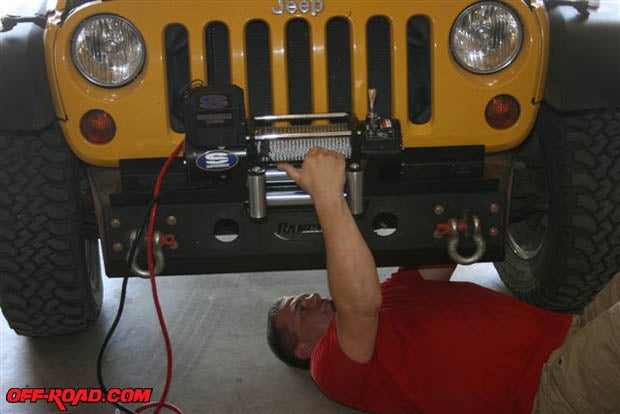
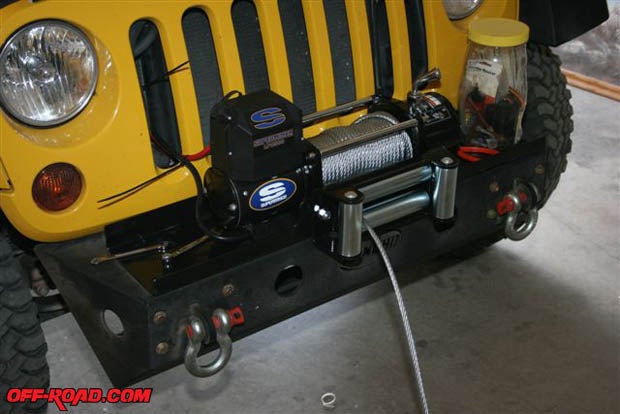
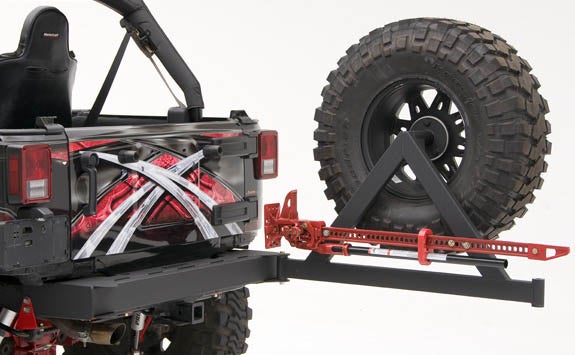


 Your Privacy Choices
Your Privacy Choices